You should never compromise comfort when sleeping, especially in an RV. Nobody wants to get taken out of commission by lower back problems while they’re trying to enjoy life on the road. Having a supportive mattress is especially important if you’re driving long distances. Spending hours on end sitting at the steering wheel is not good for your body; you need to take every chance you can get to give your back some relief.
So, should you opt for, spring or foam?
DIFFERENT KINDS OF FOAM MATTRESSES
With foam mattresses, like with anything else, the quality is directly related to the expense. You can get a slab of filling foam for next to nothing, which will give you some insulation and protection. However, your back and joints will suffer tremendously. On the other hand, memory foam mattresses provide excellent support, but are much more expensive.
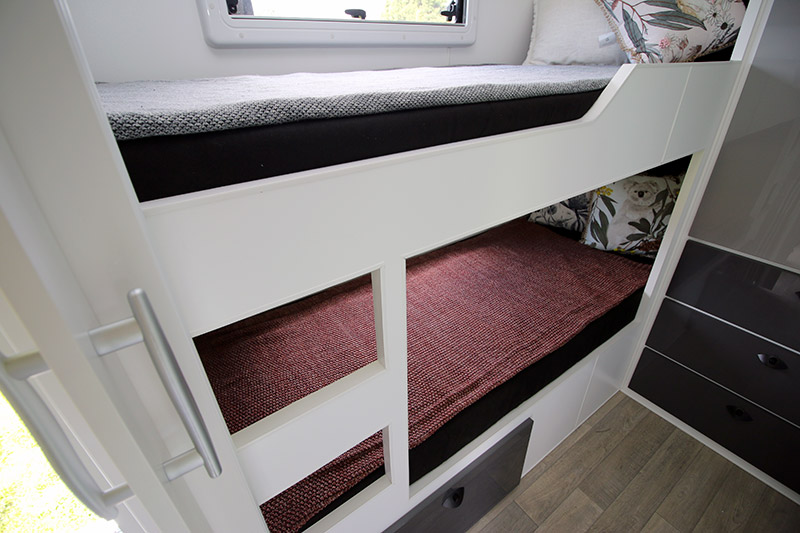
Memory foam is subjected to a chemical treatment that causes an increase in the density and elasticity of the foam. It can then respond to the pressure and heat from your body, forming a soft, cocoon-like bed, relieving joint pain and aligning the spine. While memory foam mattresses are good for your joints and muscles, they are pricey and can lead to overheating.
Because heat retention is a common issue with memory foam mattresses, manufacturers have designed a few different varieties that provide a cooler sleeping experience.
Gel-based memory foam contains hundreds of tiny, liquid-filled beads that absorb and trap body heat. This stops the overheating sensation that comes with poorly made foam mattresses. Other kinds of memory foam include various additives like copper and graphite, which conduct heat. Some companies even make plant-based memory foam, substituting petroleum for plant oils, which mitigates some of the heat retention.
When it comes to foam mattresses, you get what you pay for. If you want a comfortable night’s sleep in your motorhome or caravan, cooling memory foam is a great option. However, it certainly won’t be cheap.
DIFFERENT KINDS OF SPRING MATTRESSES
Spring mattresses predate foam mattresses, but they are still widely used. Some people prefer the firmer support spring mattresses offer, insisting that foam mattresses are too soft. Generally, it’s about what you’re used to. If you grew up with a spring mattress, your body is likely used to firm, uniform support.
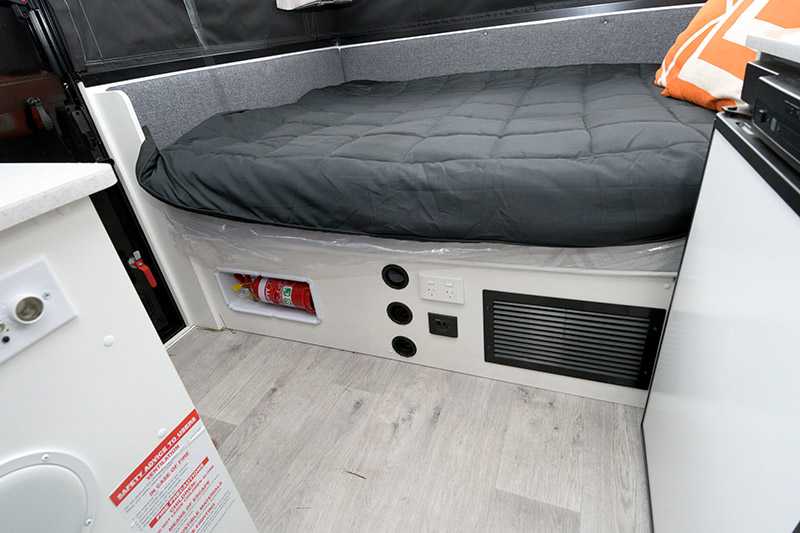
Spring mattresses are less prone to issues of overheating due to their physical structure. They have a layer of foam on top for comfort, then a layer of springs below for support. The foam layer is quite thin, and the spring layer provides a lot of empty space through which air can flow. If you tend to overheat at night, especially in the summer, a spring mattress may offer a more comfortable night’s rest.
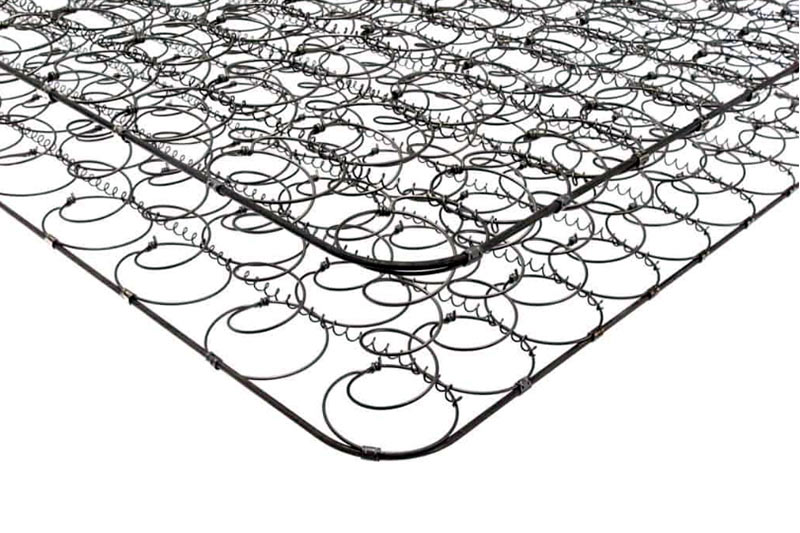
There are a few different kinds of spring mattresses that utilise different coil designs. The Bonnell-coil mattress is cheap to produce, but the springs are less durable, causing discomfort and wear. The offset-coil mattress is far more durable, but the interconnected springs transfer kinetic energy easily, making it difficult to sleep next to someone who moves around a lot. The same is true of the continuous coil mattress, which comprises one spring looped repeatedly.
Modern spring mattresses like the pocket coil and coil-on-coil mattresses have superior designs that reduce the transfer of motion, increase support, and maintain airflow.
WHICH IS BETTER FOR MY RECREATIONAL VEHICLE?
There are a few salient factors to consider when choosing a mattress for an RV. First, you want your RV to be as light as possible to reduce fuel consumption and maintain payload capacity. The weight of a mattress might not seem like much compared to human cargo, but every extra kilogram makes a difference in the long run.
Spring mattresses contain metal coils, which make them much heavier than their foam counterparts. If you travel light with only one or two passengers, the extra weight from a spring mattress shouldn’t matter that much. If you travel with family and lots of luggage, perhaps a foam mattress would be better.
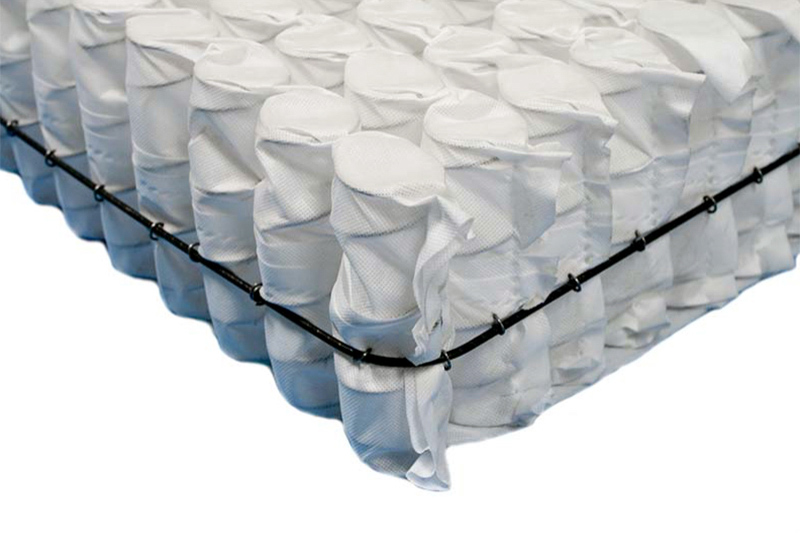
Comfort is, of course, extremely important. Comfort is also relative. If you have back problems or sensitive joints, a memory foam mattress will minimise discomfort. If you’re travelling through warmer climates or just naturally overheat at night, a spring mattress with greater airflow is a good option. If you share your bed with someone who moves around in their sleep, a memory foam mattress will reduce motion transfer and stop them from waking you up.
Your budget may also limit your options. The more money you spend, the more comfortable you will be, regardless of whether you’re on foam or springs. If you’re working with limited finances, you’re more likely to find a comfortable and durable spring mattress in your price range than a memory foam mattress. Of course, prices vary from place to place and time of the year, so be sure to do some extensive research before money changes hands. A good mattress will pay for itself many times over.
One final, common concern is durability. You want a mattress that’s going to last. Again, durability is directly related to the expense. You can find both spring and foam mattresses that will last you many years, but don’t expect to pay a paltry sum.
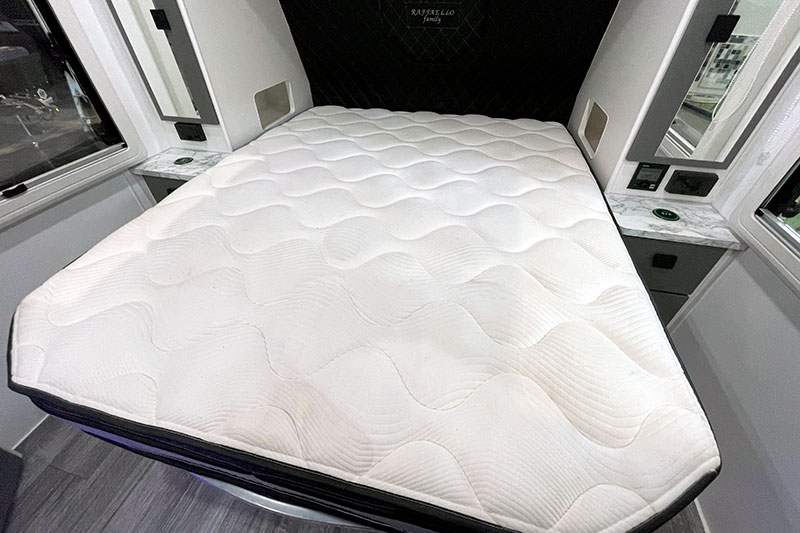
Generally speaking, foam mattresses are more durable than spring mattresses because they keep their form more easily. Spring mattresses eventually lose a certain amount of give. Errant coils that pop out of place can also be extremely uncomfortable when you roll onto them in the middle of the night.
THE ANSWER TO THE RV MATTRESS QUESTION
There’s no one right answer to the RV mattress debate. It is made up of several factors, which are dependent on the individual. It’s up to you to decide what is most important to you and make your decision from there.
As long as you don’t get carried away paying homage to the 1970s with a waterbed, you should be fine.


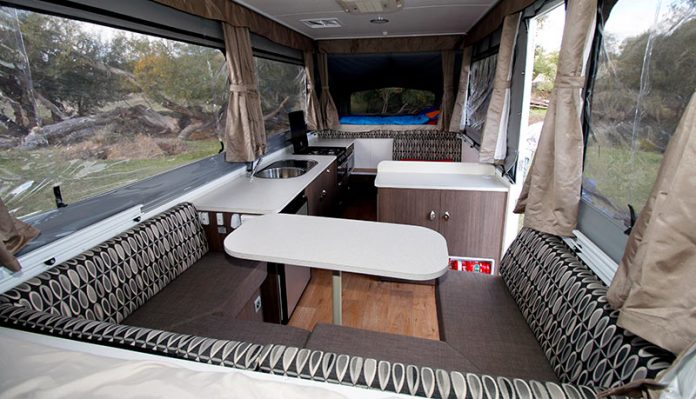


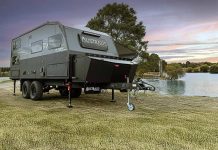

The maximum thickness possible for the mattress is also a factor. The wafer-thin (12cm) innerspring mattresses supplied in Jayco camper trailers are terrible and IMO it’s physically impossible to build a good innerspring that thin. In several campers we’ve had we immediately replaced them with Ikea memory foam “MALFORS” mattresses. They are very comfortable. You simply cannot fit a thicker mattress in, so forget about innerspring if you want comfort in a camper trailer with limited height space.